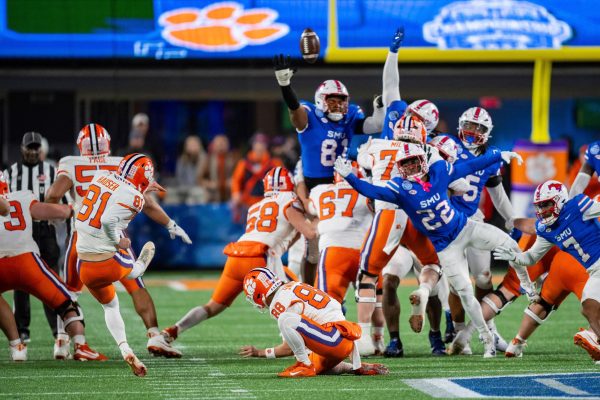The Dark Side of Horse Racing
If you will, take a minute and imagine with me. Close your eyes: feel a spring breeze trilling through the lush Blue Grass about your ankles, hear the hum of honeyed voices and the gentle chinking of mint juleps in crystal glasses, watch the richly embellished hats sway to and fro, the enthusiastic infield crowd staggering and sloshing similarly, and envision for one minute the sight which will unfold at Churchill Downs on May 1 with the running of the Kentucky Derby.
This iconic spectacle has, perhaps because of the champagne and flower-adorned hats, earned horse racing a reputation of the utmost civility and refinement. In my humble opinion, however, horse racing is more often a most disgusting affair, permanently disabling many of the animals.
At two years old, when most thoroughbred horses begin serious training to race, their bones and joints are not fully developed. When put under the enormous strain of repeatedly galloping out as fast as they physically can, the bones become stunted and deformed, crippling the horse for life. Similarly, a horse’s hocks (the joint which allows their back legs to bend) are composed of dozens of tiny, delicate bones and tendons. Under extreme wear and tear, the bones in a horse’s hocks can fuse together, restricting a horse’s motion and causing them significant pain. Because of these ailments, horses will try to avoid putting further pressure on their joints by twisting and arching their backs when they run, leading to another set of debilitating injuries.
The system for breeding a faster, better racehorse is based on the simple idea that if a horse is fast, its children will be too. From this, a pattern has emerged from centuries of experimentation which threatens the very future of horse racing. A correlation has been found which equates finer boned horses with faster runners. The problem with this postulate is that thoroughbred bloodlines have become so deeply inbred, always searching for finer, quicker legs, that we’ve reached the point where race horses are becoming too delicate for the demands of their sport.
The lineage of almost every racehorse in the United States can be traced back to Native Dancer. The fate of one of his offspring, Eight Bells, epitomized the breeding crisis facing horse racing today. Along with all 19 of her competitors in the 2008 Kentucky Derby, Eight Bells’ bloodline can be traced directly back to Native Dancer. Unfortunately, Eight Bells will not be remembered for taking second in that year’s Derby, but for shattering both of her front ankles just after crossing the finish line and immediately being put to death.
In recent years, it feels like every major race has come with a casualty. Names like Eight Bells and Barbaro are becoming well known and, slowly, cracks are appearing in the façade of The Sport of Kings. But, what really concerns me is what we, the general public, do not see.
In discussing the controversies of horse racing, people will often talk about drugging scandals, outright abuse, jockeys’ injuries and exploitation, and the inhumane slaughter of horses. All are valid and relevant concerns, but I would direct our focus to the mentality which allows the atrocious treatment of both animal and handler to continue.
The Kentucky Derby, along with the rest of the Triple Crown, is the pinnacle of horse racing. A Grade I Stakes race, the Derby only features the most elite, expensive competitors. While these horses are treated like any other athlete worth a few million dollars (i.e. – very, very well), their daily survival is dependent on their ability to turn a profit. When any athlete becomes nothing more than a means by which an owner can make money, their welfare is automatically jeopardized. When that athlete cannot speak or make decisions for themselves, the probability of abuse increases.
The essential reason why thoroughbreds are so vulnerable and why racing creates a situation so open to abuse is the same reason why horse racing can be magnificent: these animals love to run. Because a racehorse will, if given the chance, willingly run itself to death, it becomes the job of the trainer to nurture this instinct rather than to exploit it. Problems arise with the imposition of human greed and ambition onto animal nature and the outrageous lengths to which some will go in order to win.
I do acknowledge that there are plenty of people in the racing industry who are knowledgeable, compassionate horsemen who take great care of their animals and always put their well-being first. That said, many of the policies which are inherent to racing concern me and threaten the future of the sport.
On May 1, I will watch the Derby with baited breath. While I will have my predictions (once I’ve made my guess, I will write them up in my blog), I will not be placing any bets. That way, instead of fretting about my pick taking the trophy, I’ll only have to worry that all the competitors survive.





